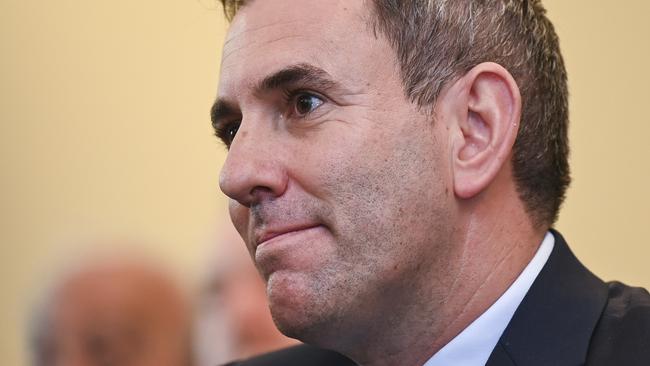
A year ago, Treasury estimated there would be a $13.9bn underlying cash deficit for 2023-24.
But taxing and spending did not conform to these base expectations from officials.
The final outcome, not due for several months, is likely to be a cash surplus of $9.3bn from a larger-than-expected tax take from workers and employers.
So, with inflation at 3.6 per cent, the prudent course in Tuesday’s budget is to be even tighter than this year’s spending level: new outlays should, at the very least, be offset, otherwise the size of government just keeps getting bigger.
Instead, we are getting a string of deficits in the years ahead because of forever spending on the National Disability Insurance Scheme, health, aged care and defence.
As Chris Richardson has said, the “smoke and mirrors” on the NDIS allows Labor to announce “considerable progress” to get the scheme back on an 8 per cent growth trajectory, but the real-world cuts are modest.
It’s an accounting fiddle, with the states getting funds recycled back to them for other purposes, such as health, housing and GST top-ups.
Jim Chalmers will also be feeding in additional cost-of-living relief for power bills and rent, which will trim a little off the top of headline inflation.
It’s less a haircut and more of a political magic trick, because while the stats say one thing, the reality of pouring subsidies into an economy with a homegrown inflation problem may actually make life worse for many.
How? Because interest rates may stay higher for longer.
Plus there will be tax cuts from July 1 and we don’t know how quickly this boost to household incomes will be spent or whether it will be saved.
Forecasting is a mug’s game, but that’s why we pay officials in Canberra and the Reserve Bank to run models and help politicians to make the big calls.
Naturally, the information pumped into the computers used by the “official family” of economic advisers has a huge bearing on what they eventually spit out.
The actions of the policy masters, what they actually do rather than what they say in big set pieces and in media interviews, also plays a huge part in how good the forecasters prove to be: policy junk in, crappy outcomes out.
On the surface, Treasury appears pessimistic about the economy. In its view, spending will continue to be squeezed by high interest rates, growth will be stuck at an insipid 2 per cent for a couple of years and unemployment will rise to 4.5 per cent by June next year
The silver lining in their projections is that inflation will return to the mandated 2-3 per cent target band by the end of this year, meaning it’s more likely the RBA will be free to cut interest rates, which Labor hopes will be before the next election.
By contrast, the relatively “optimistic” RBA believes demand in the economy – from consumers, businesses and governments – is still outrunning supply capacity.
Inflation has a pulse, with the price of locally produced goods and services rising by 5 per cent in the year to March.
Given the labour market is tight and the population will have grown by over half a million this financial year alone, it’s putting upward pressure on housing and consumer prices, especially for services.
The central bank expects the headline consumer price index to fall into its target band by the end of next year, which is 12 months later than Treasury’s new baseline forecast.
The Treasurer insists that there’s no great difference between how the RBA and his department see the world, given the central bank has not been able to factor into its latest economic forecast Tuesday’s budget spending and taxing over the next four years.
Take all these “guesstimates” with a sceptical eye. Too much believing in this line of work, readers, can make mugs of us all.


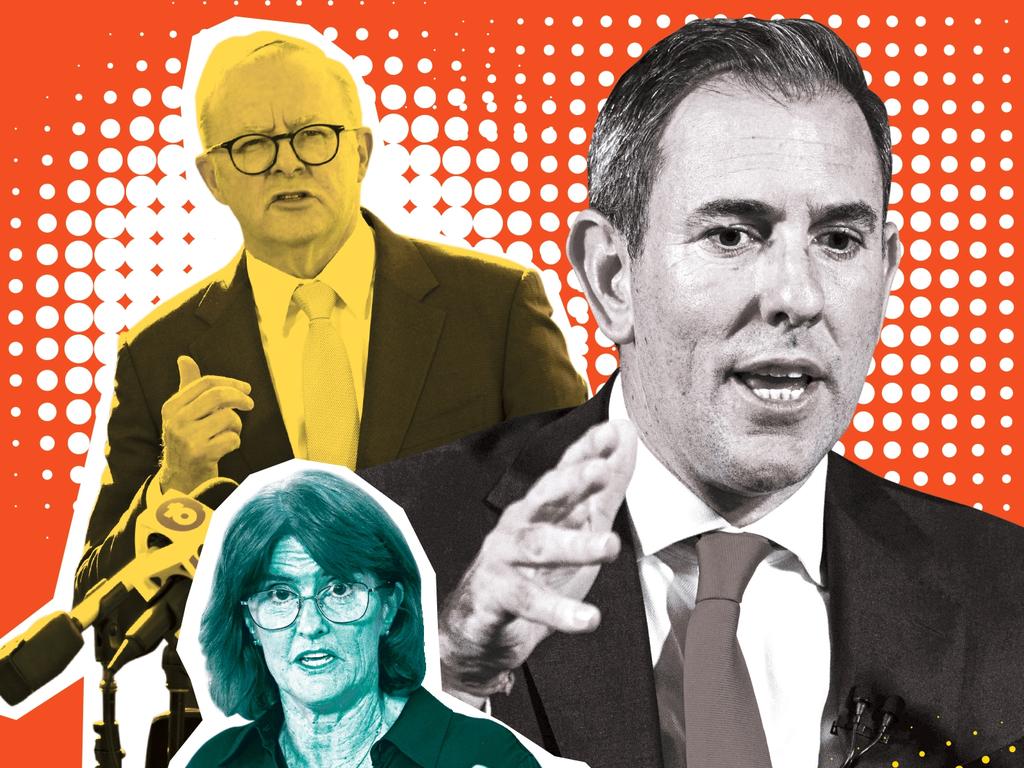

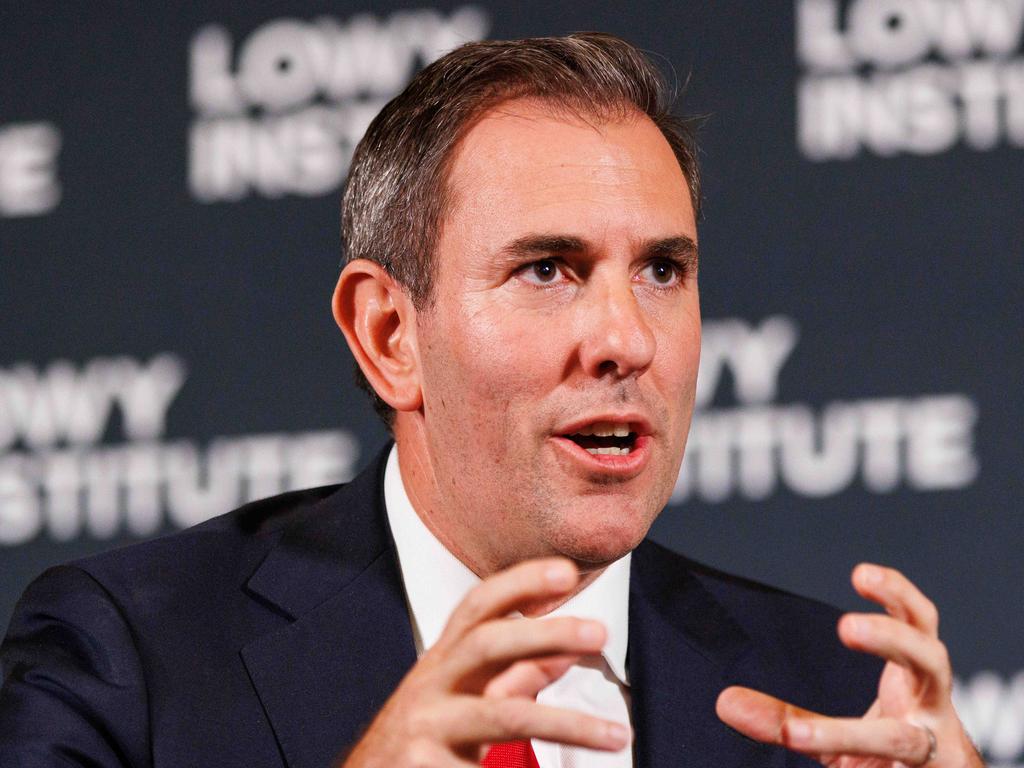
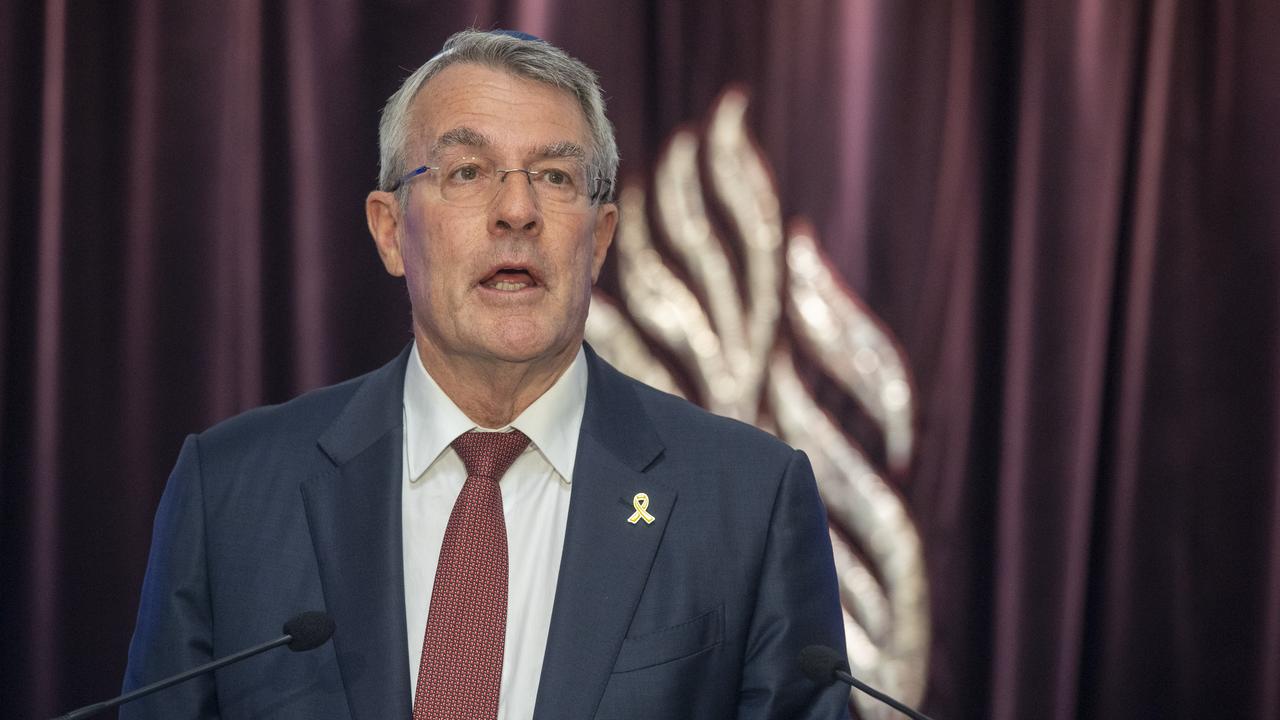
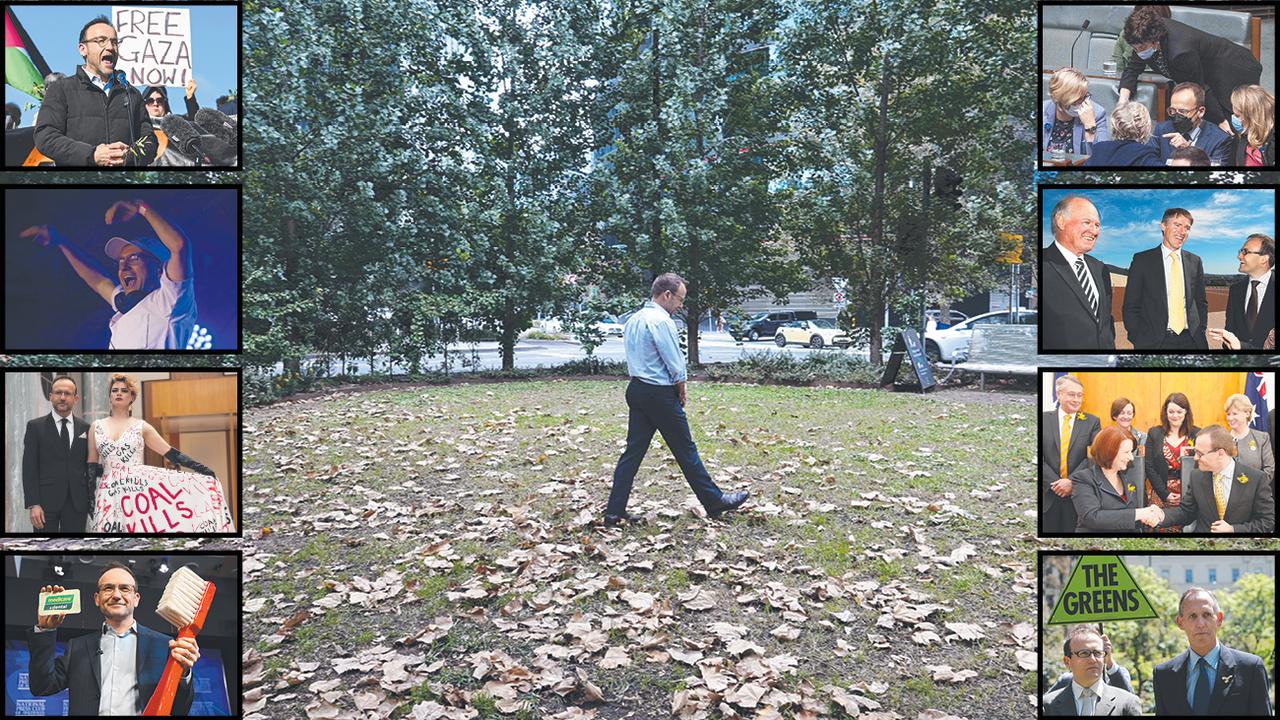
Sorry to spoil the fiscal party, folks, but as a bevy of budget tragics have declared, a second straight surplus comes despite, not because of, the Albanese government, which increased spending this financial year by a hefty, after-inflation 4.7 per cent.